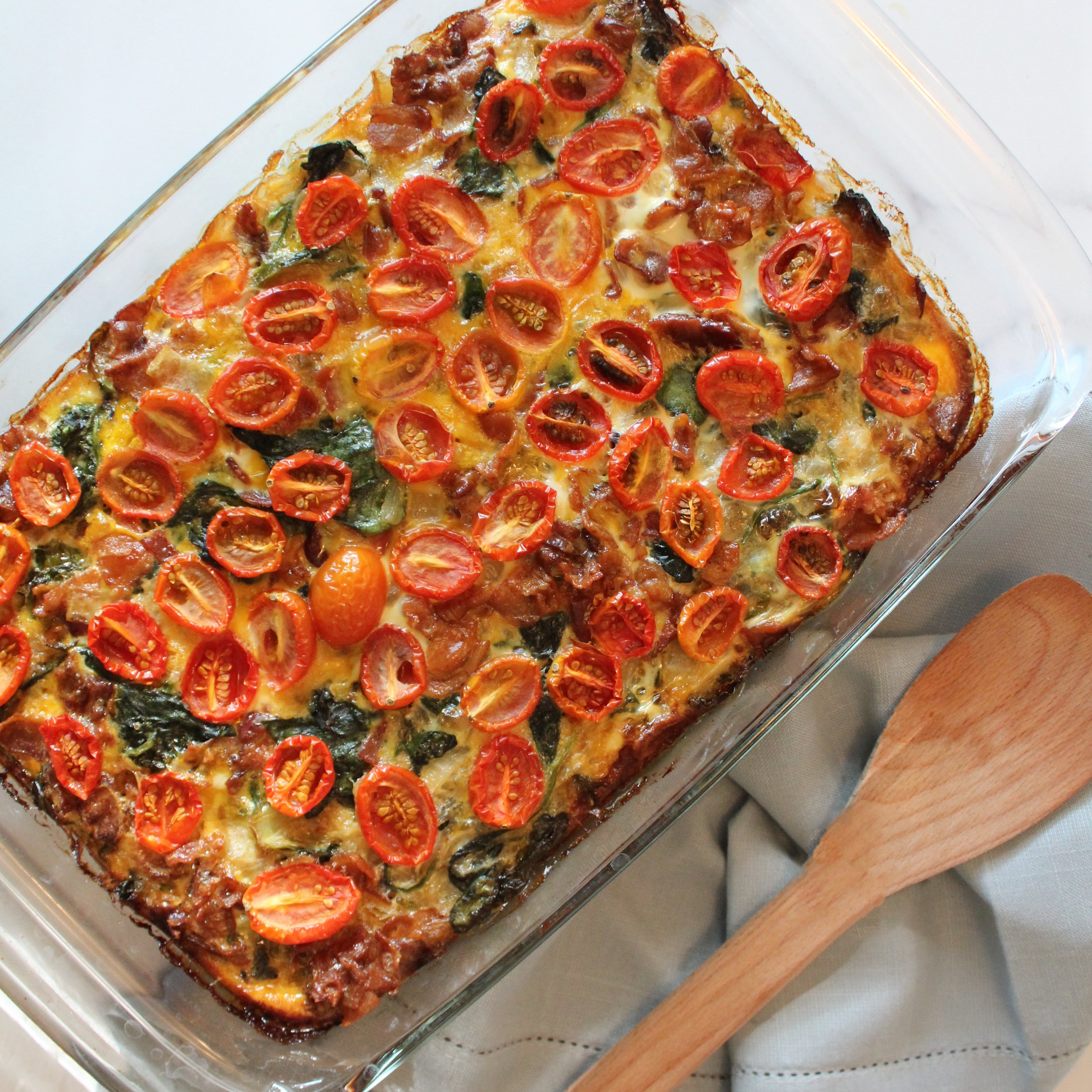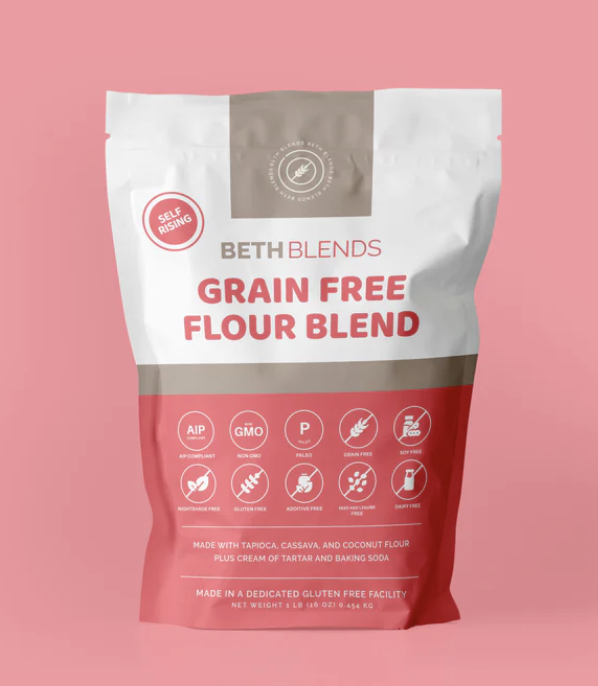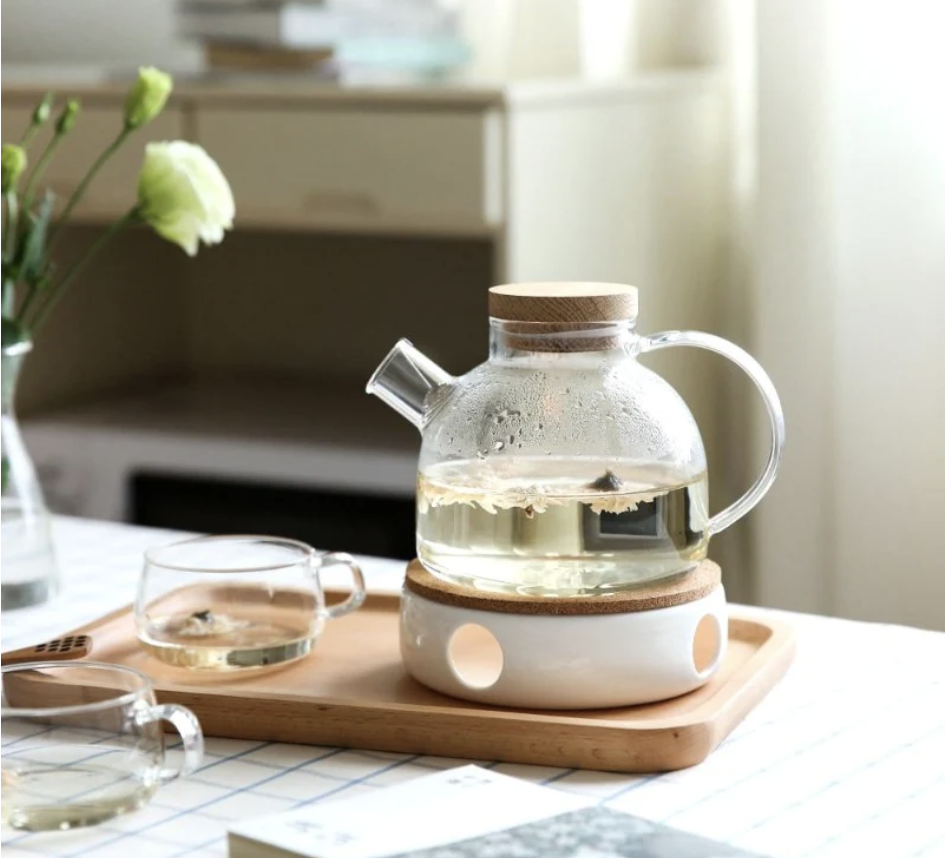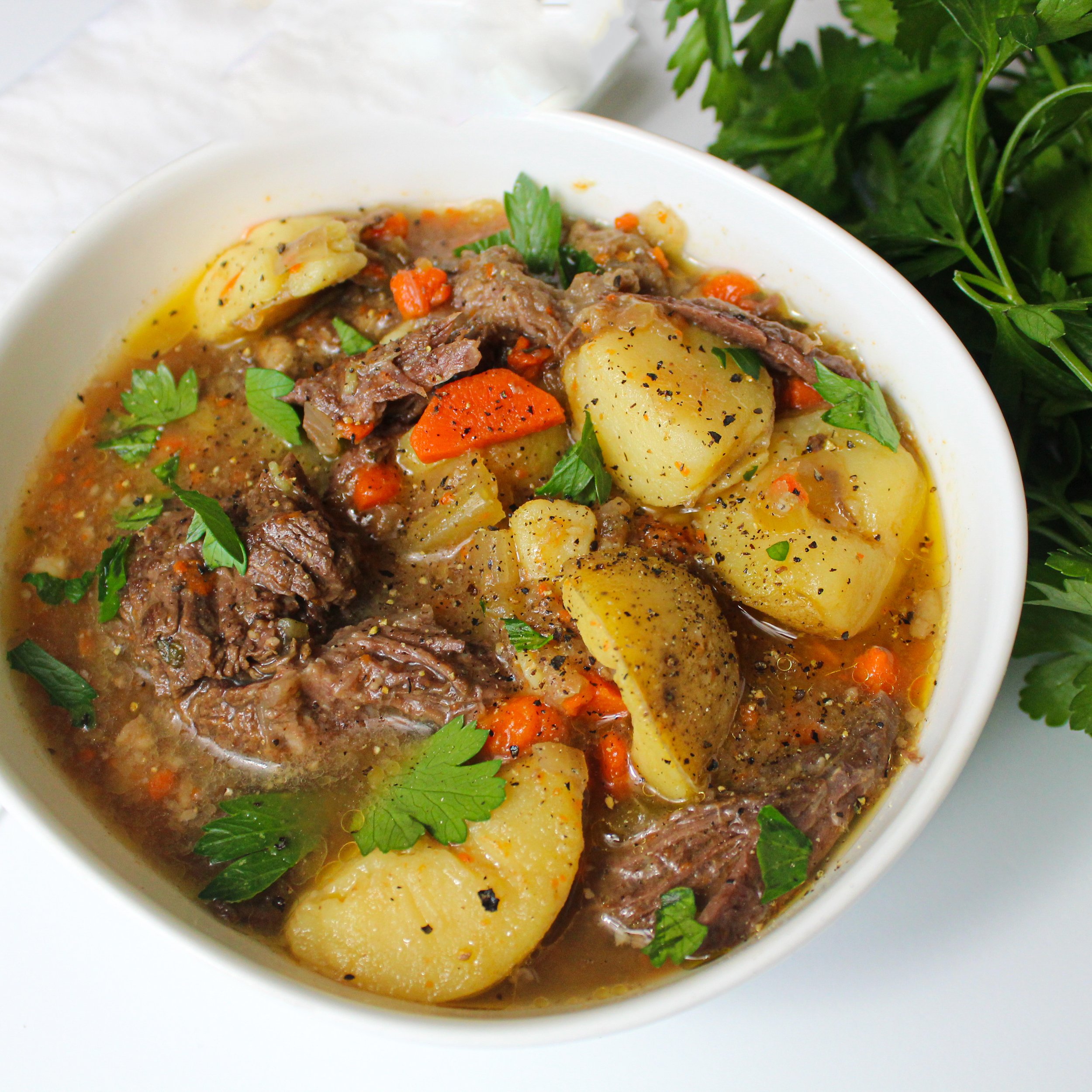PrimaFoodie Ingredient Spotlight: MSG
PrimaFoodie Ingredient Spotlight: MSG
Additives in food are as ubiquitous as they are nebulous. In our PrimaFoodie Ingredients Spotlight, we investigate common food additives to discover their origin, use, and purpose. Because just because something is edible doesn’t mean it’s healthy—or necessary.
What Is MSG?
Monosodium glutamate, commonly referred to as MSG, is a food-grade salt compound derived from glutamic acid in seaweed and various vegetables. Glutamic acid is a ubiquitous naturally occurring non-essential amino acid found in most living things, from animals to plant life to humans. The food-grade MSG used today is primarily extracted from corn, beets, molasses, and sugar cane.
How is MSG used?
MSG is a flavor enhancer that adds richness and depth to foods often referred to as umami, the fifth taste. For more than a century it’s been a go-to additive used by chefs, companies, home cooks, and more.
MSG is commonly associated with take-out Asian foods, but the truth is that it’s added to a host of conventionally prepared, processed, and packaged foods—and you’d likely never suspect it. These include:
Salad dressings
Condiments, such as ketchup and mustard
Marinades and seasonings
Spices
Fast food
Restaurant foods, specifically from mass-chains
Packaged soups
Frozen meals
Instant noodles
Editor’s note: While MSG is naturally found in many foods, most notably certain cheeses and savory vegetables, like tomatoes, here we’re referring to the human-created flavor enhancer.
When was MSG discovered?
In the early 20th century, Japanese chemist Kikunae Ikeda discovered that a certain kelp added a savory richness to his kelp soup. As he dug deeper he learned that the glutamic acid in the kelp naturally carried this ability to bring out a food’s unique depths. Ikeda eventually found a way to extract and package the monosodium glutamate. Since then, it has taken off commercially.
Is MSG bad for your health?
In the century-plus since MSG has been in existence, people have been eating it generously. The FDA deems it “GRAS”, which translates to “generally recognized as safe” for consumption—which is nebulous terminology that doesn’t necessarily deem if something is, in fact, safe for our health. (Note: Food substances recognized as GRAS do not go through the same reviews as foods labeled as FDA-approved.) The FDA does require MSG to be included in ingredient lists.
Okay, so MSG is legal. But is it bad for your health? That’s a heated debate. Around the 1960s a heated campaign against MSG infused media headlines, pointing fingers at Asian restaurants for infusing foods with the vilified ingredients. This inspired advocates of the flavor enhancer to speak out in favor of it. Many believe since it’s a natural-occurring substance it poses no threat to humans. MSG advocacy groups have sprouted, as have studies that show no link to health concerns.
Then there’s the other school, which believes MSG to be a toxic additive that poses health concerns. One study found MSG to potentially cause nerve and brain damage in laboratory animals. Others have found it to be the culprit of a host of reactions, including sweating, chest pain, headaches, and numbness. Researchers in the medical field have referred to these reactions as MSG System Complex.
The PrimaFoodie take on MSG.
Simply put, MSG is an additive, and like any additive, it causes us to pause. The two biggest factors behind our stance are the fact that it’s a processed additive, and it’s everywhere, which means it can have a cumulative effect.
MSG is a naturally-occurring substance in its organic form, but when it’s extracted from a source and turned into an additive, it’s processed in some way. And while it’s impossible to totally avoid processed foods these days, we aim to limit them as much as possible. Add to this that MSG is found in many foods, so while it may be technically fine to consume in small to moderate doses, what happens when we eat it consistently all the time? It compounds in our systems.
We’re also concerned by the limited research around MSG. The FDA may state it to be “generally safe,” but this gives us zero confidence that it’s truly okay to eat.
For this reason, we avoid MSG at all costs. We suggest reading labels and asking the brands or companies if they include it, and why. There are plenty of foods naturally rich in umami flavor—so why opt for a manipulated version?
This is the question to ask.
Curious to learn more about what’s in your food? Check out our other Ingredient Spotlights.






























